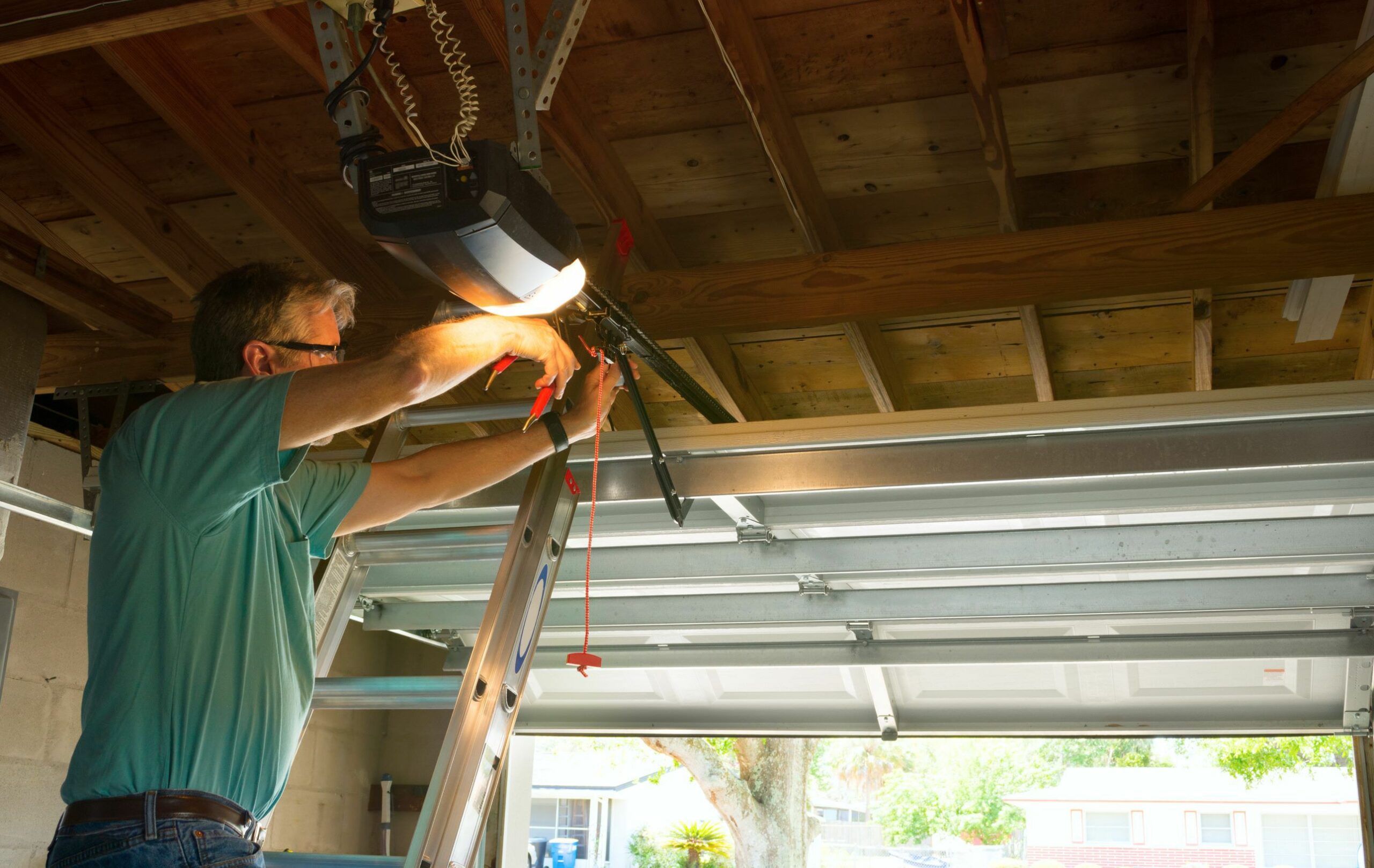One of your primary responsibilities as a homeowner is to keep your home in great condition. Regular home maintenance helps you save money and energy.
During an inspection, for instance, you realize there’s a small hole in your roof and some damaged shingles.
So, you hire a contractor to fix the problem, spending only a few hundred bucks.
With a relatively small expense, you were able to reduce the need for a complete replacement by years and prevent the roof’s further deterioration.
The same goes for garage door maintenance. On average, garage doors can last for about 15 to 20 years.
They’re heavy, consisting of a series of cables, pulleys, and springs to operate efficiently.
But for them to last longer and work well, you must know how to maintain them properly.
How Often Should Garage Doors Be Maintained?
Regular maintenance is more than just keeping garage doors clean and aesthetically appealing. It’s keeping them functional and promoting safety as well.
Putting it off is dangerous. In fact, around 2,500 people in the United States were reported to have been crushed by defective garage doors.
Hence, you should maintain your garage door at least twice a year and inspect it at the start and end of each season.
More importantly, you must check it during emergencies, like flooding, extreme weather, or if a large piece of equipment or vehicle runs into the garage door.
Doing so will help you see if immediate garage door repair or replacement is needed.
How Do You Maintain a Garage Door?
The following are steps you can take to conduct preventative maintenance for your garage door:
1. Clean the Tracks
Eventually, your garage door tracks may be filled with rust and other debris. The buildup that isn’t removed prevents components from moving smoothly.
For clear movement, regularly inspect the tracks and use an old toothbrush to remove all the grime, grease, and dirt that accumulated.
Then spray the tracks with a disc brake cleaner and wipe the cleaner and remaining dirt and debris off with a clean rag.
2. Tighten up Loose Parts
Every time you close or open the garage door, the vibration from this movement can loosen the hardware.
And while your garage door operates, loose metal parts could come off and cause accidents.
During the inspection, check your garage door for any loose parts, and if you find any, tighten them up. But if you’re unsure how, be sure to call a garage door company.
3. Lubricate Moving Parts

Perhaps your garage door isn’t operating as smoothly as it should. This might seem minor, but a garage door that can’t close or open with ease can be a major security threat to your home.
Based on a survey, break-ins or burglaries are the most-feared crime among 60% of homeowners.
Statistics data also shows that 9% of burglars use garage doors as one of their main access points.
So, a garage door that doesn’t close or open properly will make it easier for burglars or intruders to enter your home.
To fix the problem, lubricate moving parts with a spray can. Don’t forget to focus on the hinges, rollers, and springs and wipe off excess lubricant.
4. Inspect the Rollers
Another vital part to check and maintain regularly is the garage door rollers. Over time, these rollers could wear out after a few years of use.
You can tell that the rollers are already damaged or require replacement when they’re chipped, cracked, or worn.
Carry out perform maintenance checks on the rollers several times a year to determine if there’s any damage or if they need to be replaced or lubricated.
Don’t attempt to replace or remove the rollers on your own since you could injure yourself. Contact your trusted garage door experts and let them replace the rollers.
5. Test the balance of your garage doors
A balanced garage door is much easier to close and open.
Meanwhile, an imbalanced garage door won’t only look slanted or crooked during closing or opening but can also lead to consequences, including:
- Strain on the moving parts, which can damage or break the entire garage door system later on.
- Loud noises and creaking during closing or opening.
- Heavy slamming or crashing on the ground when closing the door.
Moreover, an off-balance garage door poses a risk since it’s out of control, and while in operation, it could suddenly crash down on your vehicle or, worse, on a person.
So, check and test the balance of your garage door regularly by manually lifting the door till it’s halfway open.
If the door remains open without force or support, it’s still balanced and in good condition. If it suddenly closes, the springs are probably old and require immediate replacement.
Let professional garage door experts rebalance your garage doors. If they’re unable to do so, they may suggest an upgrade.
Key Takeaway
Regular garage door maintenance keeps your garage door functional, durable, and safe.
It isn’t that hard to do.
You just have to remove debris, if there’s any, and watch out for loose or faulty parts. When in doubt, enlist professional help.



Comments are closed.